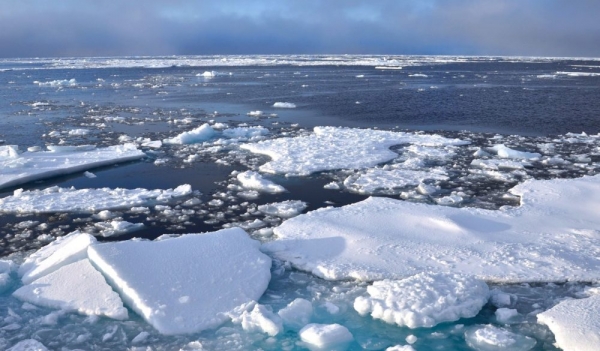The loss of Arctic sea ice could yield more strong El Niños, in which unusually warm ocean waters fuel drought in the western Pacific and heavy rainfall in the eastern Pacific, new research finds.
“Our study, for the first time, finds that large Arctic sea-ice loss directly influences global climate extremes, including an increase in the frequency of strong El Niño events,” Jiping Liu, a climate scientist at the State University of New York at Albany and lead author of the study, said in a statement.
Over the past four decades, summer sea ice has shrunk by around 13 percent per decade in the Arctic, and by 20235, the region will likely be ice-free. To understand how the long-term decline of summer sea ice may impact weather, scientists ran computer models with varying levels of ice. With ice-free summers, strong El Niños grow one-third more frequent. The findings were published in the journal Nature Communications.
Read more at Yale Environment 360
Image: Arctic sea ice. (Credit: PATRICK KELLEY / U.S. COAST GUARD)


